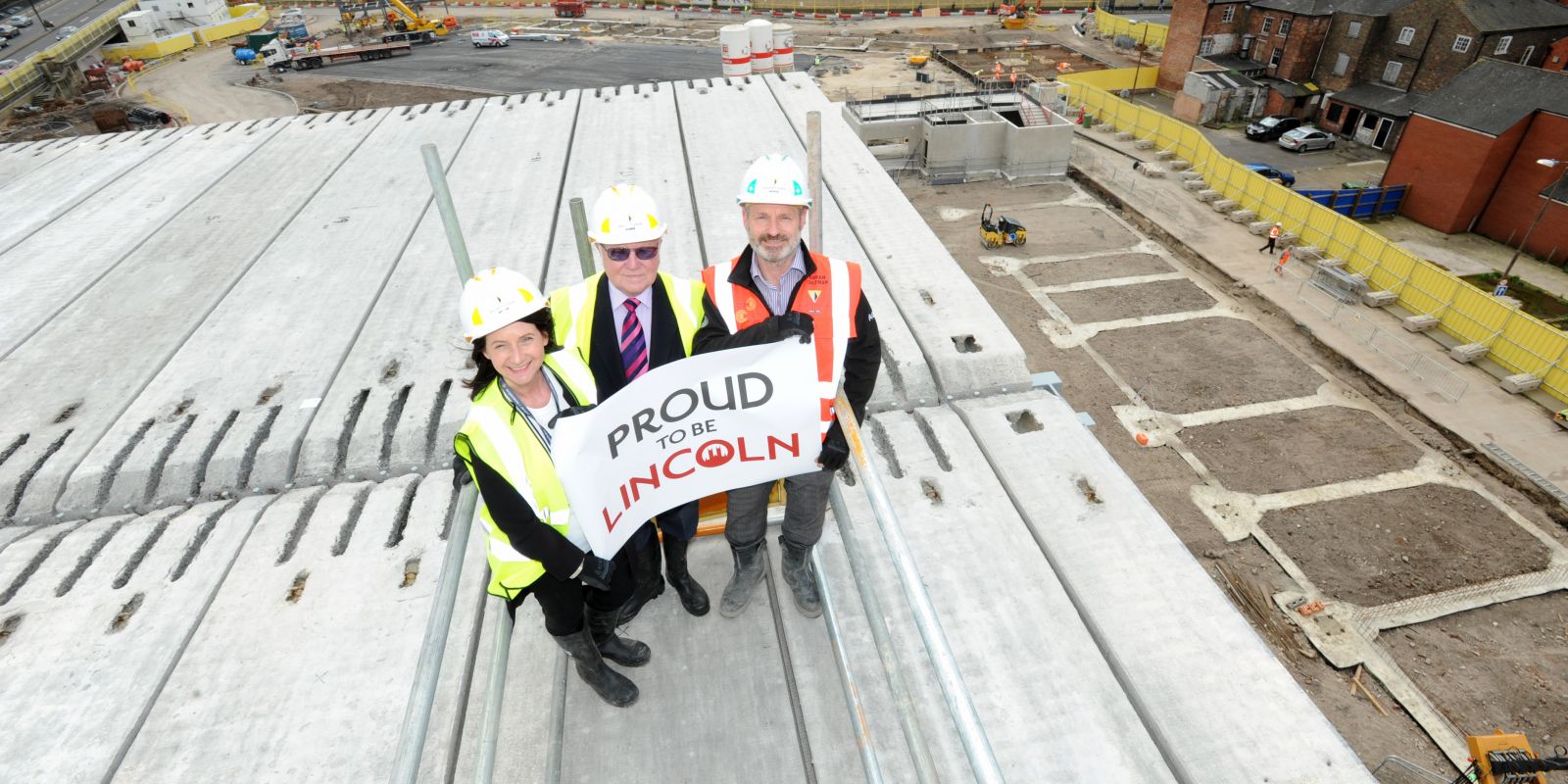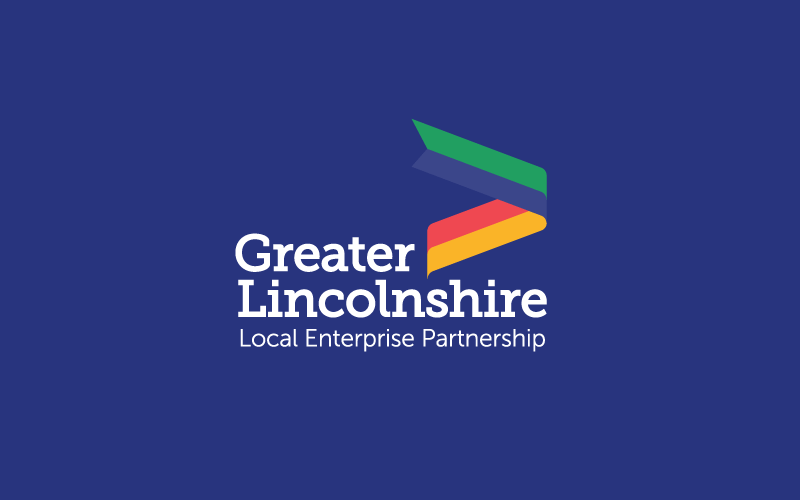Can infrastructure investment help shape our economy?
BlogsHalina Davies examines how far the economy can benefit from improved infrastructure...
We all understand the restrictions that poor infrastructure can have on our towns and cities, but add issues such as level crossings with limited alternative crossing points, antiquated public transport facilities and unclear visitor routes on arrival, into the equation, and the economic and social costs can be substantial if not addressed appropriately.
Lincoln faced this difficult situation for many years and decided enough was enough. A true partnership approach was taken to instigate change, with an aim to transform the way traffic moves east to west across the city and bring innovative thinking to the fore to create a brand new transportation hub.
The collaboration between the two elements has proven extremely successful so far, and businesses, residents, students and visitors are already benefitting from the reduced congestion, easier accessibility, investment opportunities and the more attractive public realm that the now complete Lincoln East-West Link Road has delivered.
Work on the new £22 million road started at the beginning of November 2014, facilitating the regeneration of Tentercroft Street and the former coal yard site located midway along the route. Dedication to detail and team professionalism were well-demonstrated when, in accordance with the requirements of English Heritage, one particular building located within a conservation area of the city was taken down brick by brick, with existing materials reused in the construction of the replacement building.
The new road enabled the High Street, from St Mary’s Street to St Mark’s Street, to be pedestrianised, linking the area more closely with the existing city centre shopping area to the north of the level crossing. In addition, Network Rail opened its new footbridge, including lifts, over the High Street railway crossing in June 2016 further improving the accessibility for pedestrians who were previously delayed by the level crossing when the barriers were closed.
This direct link from the High Street to Pelham Bridge and Canwick Road means that traffic can bypass the city centre level crossings. As a result, the flow of traffic in Lincoln has already been significantly improved, thus reducing journey times and negative impacts on air quality.
The real thought-provoking side of this public investment, however, is perhaps how local businesses are directly benefiting from the changes and opportunities brought about by the Lincoln East-West Link Road and the emerging Transportation Hub. An initial event for businesses, sponsored by local commercial property advisors, was held on the 18th November 2016 and included a tour of the new road on two vintage Lincolnshire Corporation buses from the Lincoln Transport Museum. This provided the perfect environment to learn more about development potential on route and was very well-received, having generated a great deal of interest.
Engagement of the public and local businesses has also been exceptional as part of the ongoing Transportation Hub development, which aims to be fully operational by February 2018.
Both schemes have already proven to be catalytic, with private investment in the nearby Cornhill area already underway, adding to the interesting and eclectic city retail offer.
With the UK's Industrial Strategy identifying strategic infrastructure as one of its pillars for delivering growth and prosperity, examples like the Lincoln East-West Link Road can provide great case studies in terms of impact within a short space of time, and the Knowledge Hub is ideally placed to capture what I am sure will be a plethora of learning and good practice from infrastructure-led regeneration going forward. This is particularly important as the country undergoes inevitable change post Brexit.
Halina Davies is Growth Plan Manager at the Greater Lincolnshire LEP.


